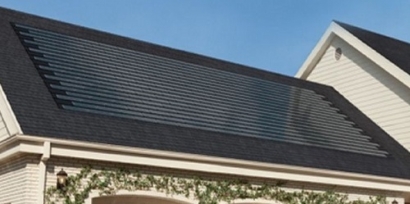
Dow had pulled the plug on the POWERHOUSE 2.0 shingles in 2016. The company stated many reasons for the decision at the time including Dow’s merger with Dupont and the cells being less efficient at generating electricity than standard solar modules. Then, in October of 2017, RGS signed an exclusive domestic and international license agreement with Dow for the 3.0 version of the system.
When RGS signed the licensing agreement, the company stated, “This enhanced POWERHOUSE™ 3.0 system comes at an opportune time...Some localities are mandating solar for new build homes. Customers also increasingly want their solar installations to be an aesthetic and technical improvement integrated with a home renovation, rather than a hefty module that is bolted onto their rooftop. POWERHOUSE™ 3.0 solar shingles fills this need.”
The redesigned 3.0 system also uses traditional silicon solar cells rather than CIGS thin-film technology, which the company says has significantly reduced the cost while improving panel efficiency.
Risen Energy Co., Ltd will supply all the solar components and wire harness connectors for POWERHOUSE™ 3.0.
General Polymers Thermoplastic Materials will supply the polypropylene plastic resin for the base assembly, which is expected to increase manufacturing efficiency and reduce the overall cost of raw materials.
Creative Liquid Coatings will supply the molded polymer components fully assembled, with all solar components, wire harnesses and other parts required to deliver a finished product to RGS Energy customers. Creative Liquid Coatings was a supplier for earlier generations of the POWERHOUSE™ product.
“RGS is the perfect company to commercialize POWERHOUSE™ solar shingles, and we are excited to join them in introducing the product to a broader market,” said Stephen Geist, General Manager of Creative Liquid Coatings. “POWERHOUSE™ is an innovative technology that we expect will play a critical role in the evolution of the U.S. residential roofing marketplace.”
Photo Credit: Dow Powerhouse Solar

